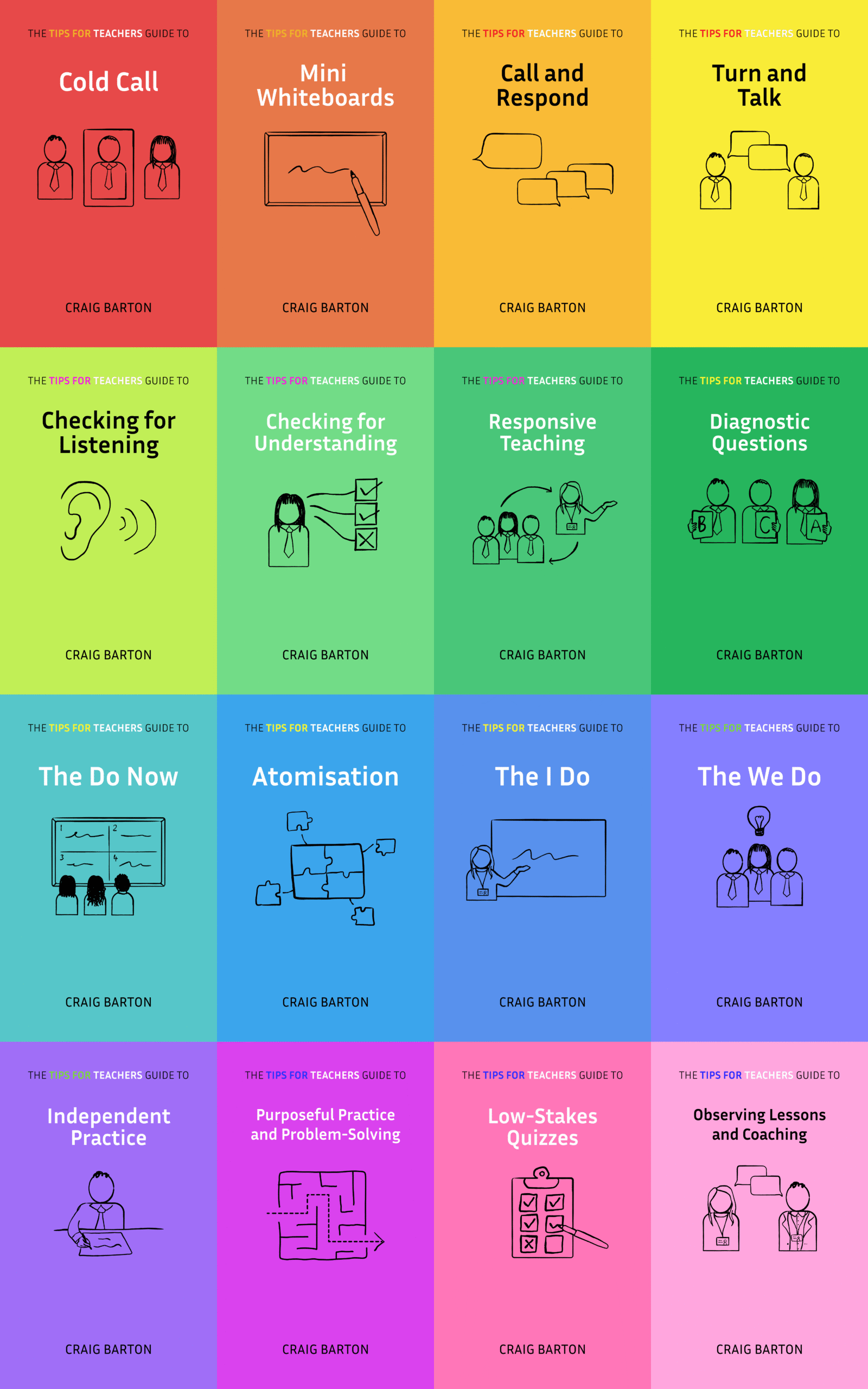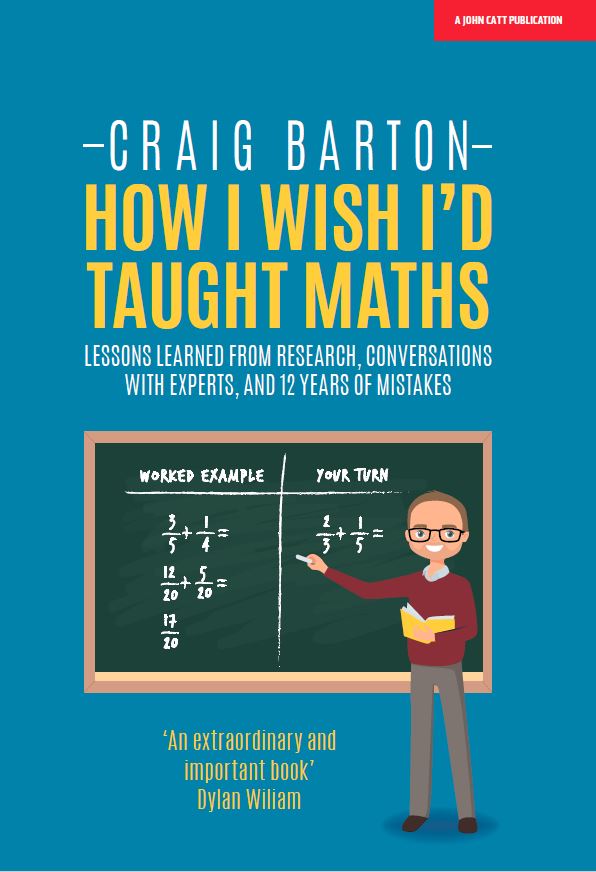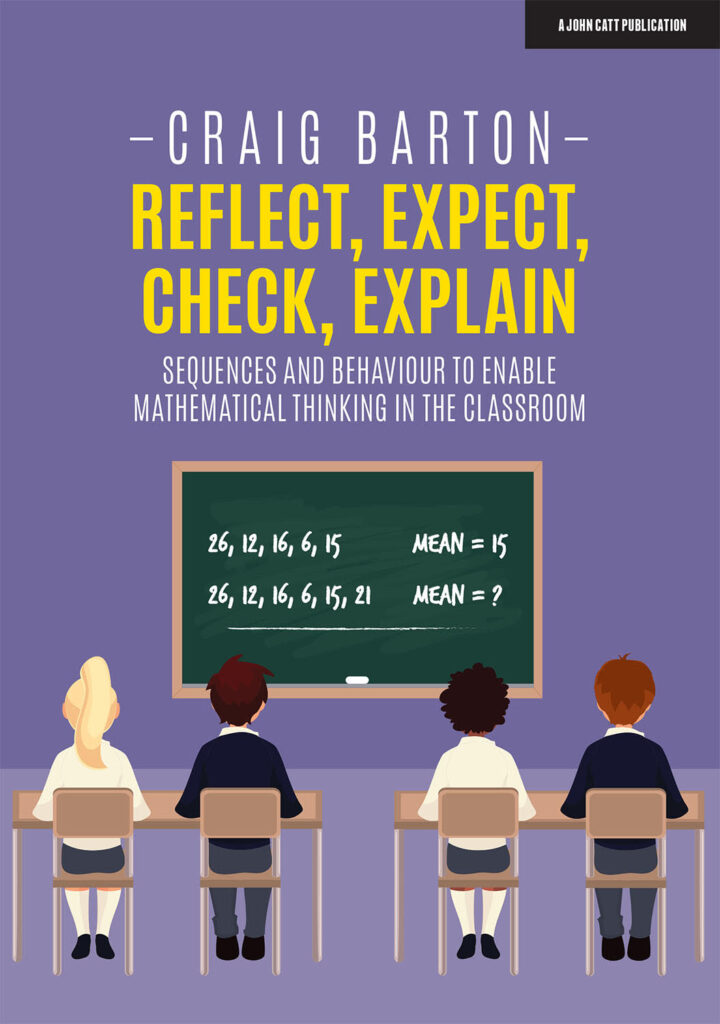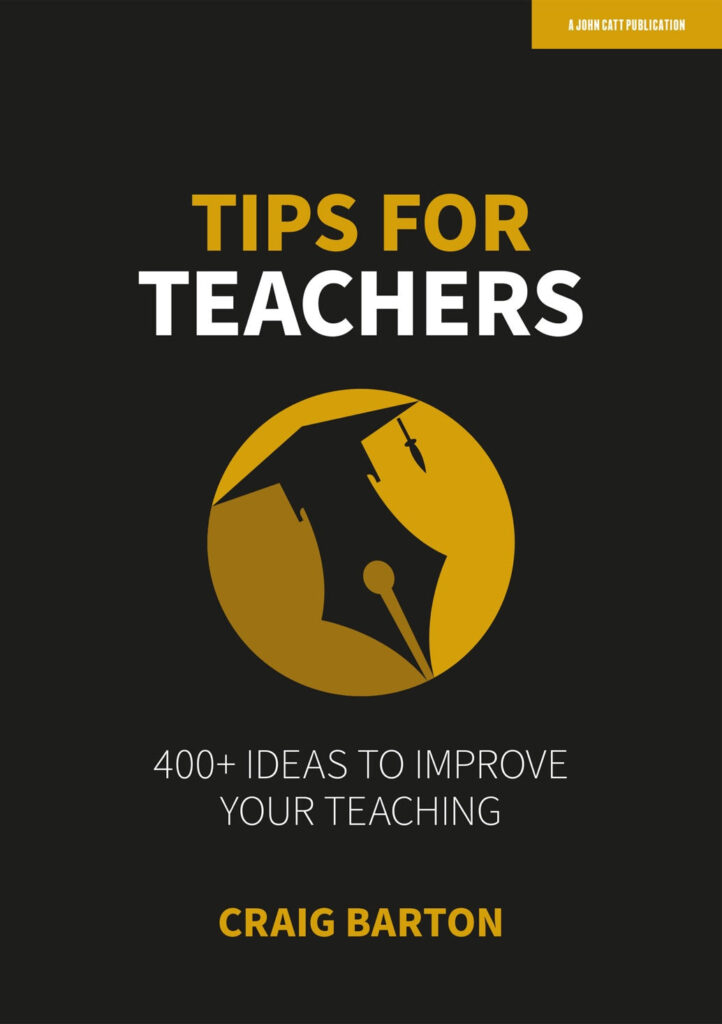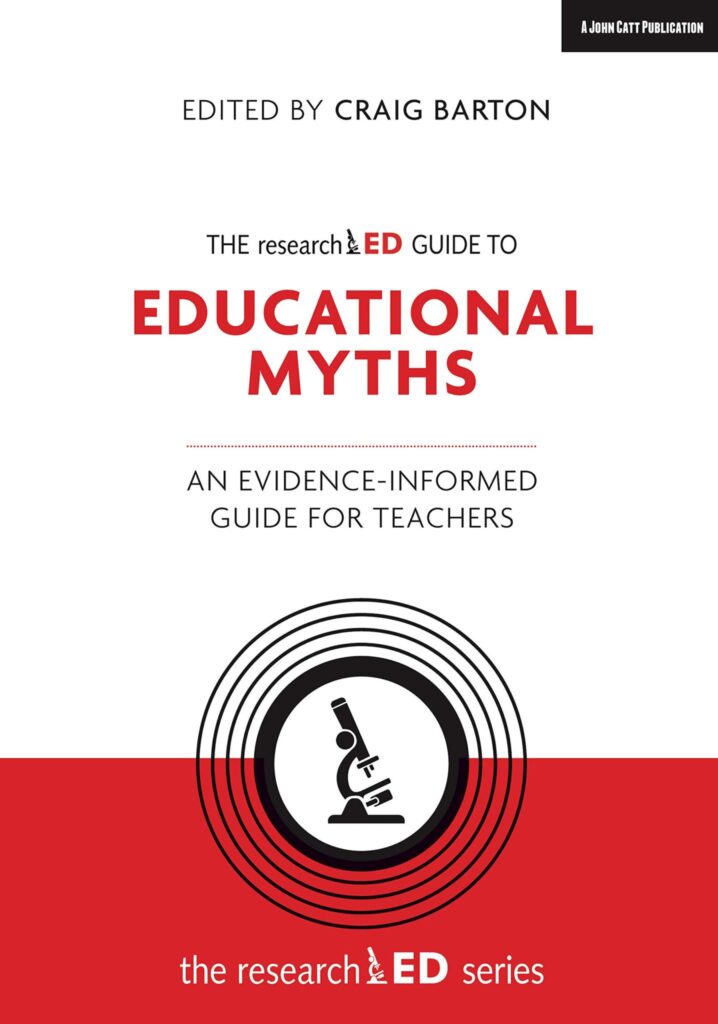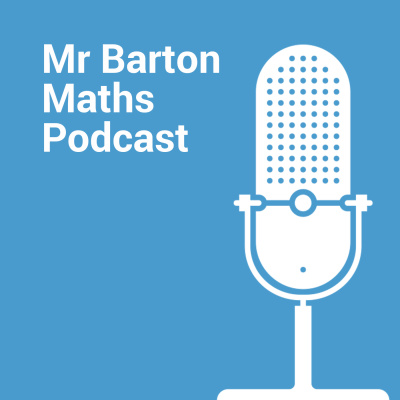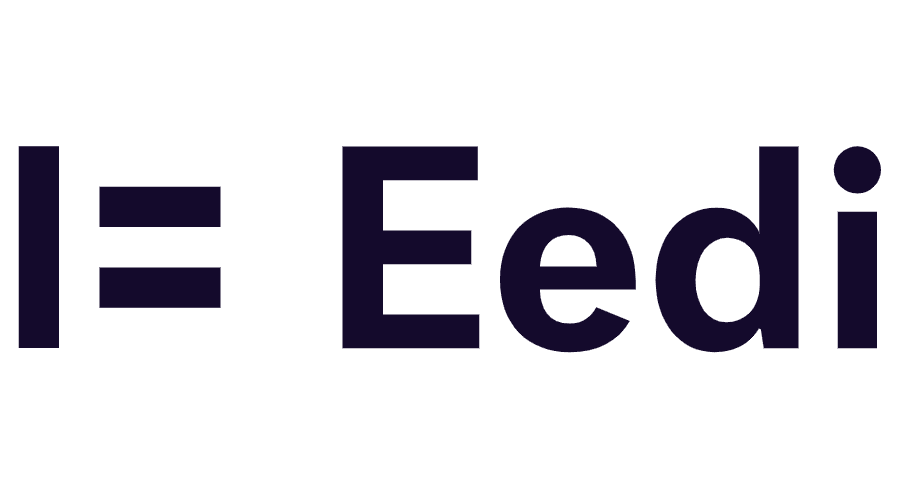
- Title: Your Brain on ChatGPT: Accumulation of Cognitive Debt when Using an AI Assistant for Essay Writing Task
- Authors: Kosmyna et al
- Access the original paper here
- Listen to a deep-dive podcast:
Paper summary
This study investigates the cognitive impact of using AI language models (LLMs) and search engines versus no external tools for essay writing, analyzing brain activity via electroencephalography (EEG), natural language processing (NLP) of essays, and post-session interviews. Researchers recruited 54 participants, assigning them to LLM, Search Engine, or Brain-only groups across four sessions over four months to assess neural engagement, linguistic patterns, and essay ownership. The findings suggest that LLM use may decrease learning skills and lead to reduced cognitive effort and critical thinking compared to traditional methods, while Brain-only writing exhibits stronger, wider-ranging neural connectivity indicative of deeper cognitive processing. The study highlights concerns about cognitive offloading and the potential for LLMs to create echo chambers, proposing that delayed AI integration might foster better long-term neural development.
If teachers remember one thing from this study, it should be…
If teachers remember one thing from this study, it should be that relying on LLMs for essay writing can lead to a measurable decrease in students’ learning skills at neural, linguistic, and scoring levels. This includes weaker neural connectivity, reduced essay ownership, and impaired quoting ability, indicating a potential accumulation of “cognitive debt”.
***Paper Deep Dive***
Define any technical terms used in the paper
Cognitive Debt: A condition where repeated reliance on external systems like LLMs replaces effortful cognitive processes required for independent thinking, leading to long-term costs.
LLM (Large Language Model): AI systems that generate human-like text, widely adopted for daily use and in education.
EEG (Electroencephalography): A method used to record and analyze participants’ brain activity to assess cognitive engagement and load.
NLP (Natural Language Processing): Techniques applied to analyze the linguistic, quantitative, and statistical aspects of the written essays.
Cognitive Load Theory (CLT): A framework for understanding the mental effort required during learning, categorized into intrinsic, extraneous, and germane loads.
Cognitive Offloading: The phenomenon where reliance on AI systems may diminish critical thinking capabilities and lead to decreased engagement in deep analytical processes.
Dynamic Directed Transfer Function (dDTF): An EEG analysis method to identify the most effective and directional connectivity patterns in the brain’s frequency domain.
What are the characteristics of the participants in the study?
The study involved 54 participants (ages 18-39, mean 22.9), consisting mainly of university students and post-docs from five universities in the Greater Boston area. These participants, gender-balanced, were randomly assigned to one of three groups: LLM, Search Engine, or Brain-only, for essay writing tasks.
What does this paper add to the current field of research?
This paper uniquely provides EEG evidence of the cognitive cost of LLM use in essay writing, revealing a measurable decrease in students’ learning skills across neural, linguistic, and scoring levels. It suggests a potential accumulation of “cognitive debt” due to reduced engagement and impaired cognitive processes.
What are the key implications for teachers in the classroom?
Based on the study’s findings, here are the key implications for teachers in the classroom:
Consider strategic AI integration: The study suggests a balanced approach where AI handles routine aspects, but core cognitive processes like idea generation, organization, and critical revision remain user-driven. Introducing AI tools after students have engaged in initial self-driven effort might lead to better neural integration and learning outcomes.
Be aware of “cognitive debt”: Relying on Large Language Models (LLMs) for essay writing can lead to a measurable decrease in students’ learning skills at neural, linguistic, and scoring levels. This includes weaker neural connectivity, reduced essay ownership, and impaired quoting ability, suggesting that students may accumulate “cognitive debt” by offloading effortful cognitive processes to AI.
Emphasize deep learning over superficial fluency: While LLMs offer efficiency, they may hinder deep cognitive processing and retention. Students might achieve superficial fluency without internalizing knowledge or feeling ownership over their work.
Promote critical engagement and originality: LLM-generated essays tend to be homogeneous and may reflect biases from their training data, leading to a narrower set of ideas and less critical engagement with topics. Teachers should encourage students to develop their own unique ideas and critically evaluate information, rather than passively accepting AI output.
Adapt assessment strategies: Human teachers in the study were able to detect LLM-generated essays due to their conventional structure and homogeneity, recognizing a distinctive writing style. This suggests teachers may need to adjust their assessment methods to account for AI assistance.
Why might teachers exercise caution before applying these findings in their classroom?
Teachers should exercise caution because the study had a limited number of participants from a specific academic demographic, which may affect generalizability. Findings are specific to GPT-4o and might not apply to other LLMs. Additionally, some conclusions, like the accumulation of “cognitive debt,” are considered preliminary and require further data for confirmation. The results are also context-dependent, focusing solely on essay writing.
What is a single quote that summarises the key findings from the paper?
This pattern reflects the accumulation of cognitive debt, a condition in which repeated reliance on external systems like LLMs replaces the effortful cognitive processes required for independent thinking.
